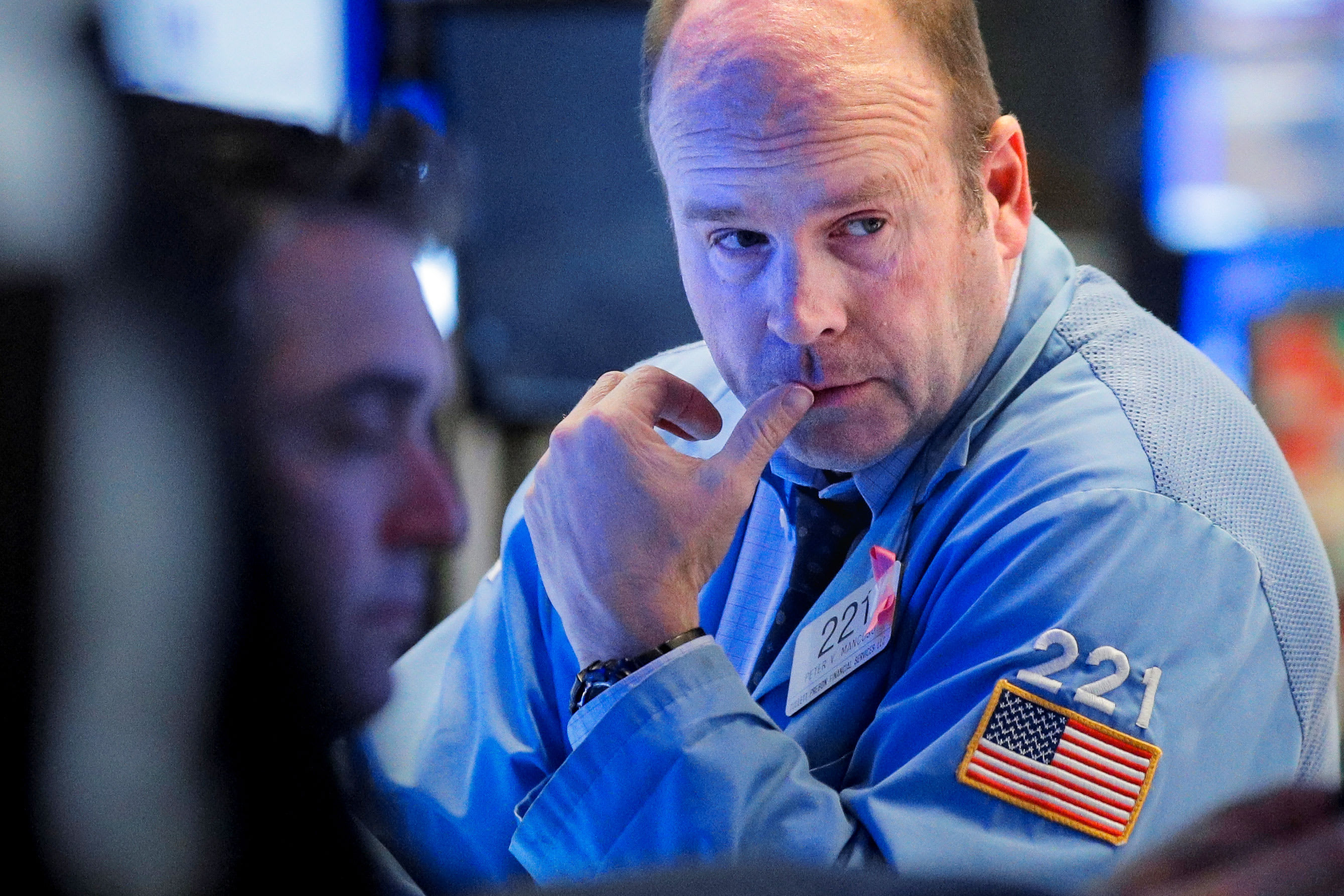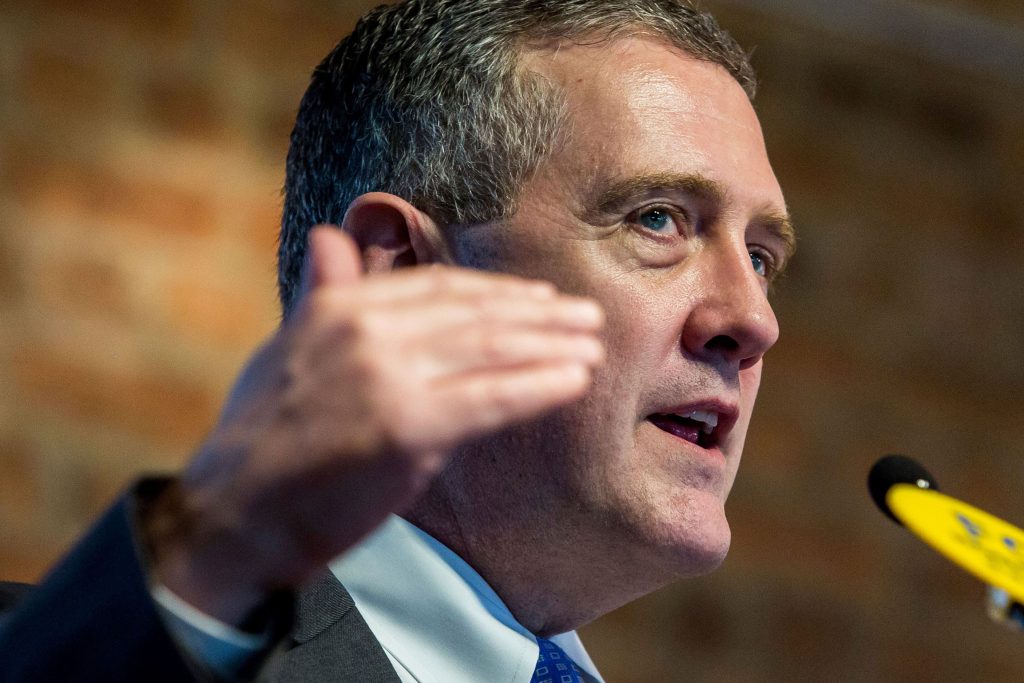
The 10-year U.S. Treasury yield plunged to a fresh record low on Friday as investors dumped riskier assets and searched for safer options amid the coronavirus outbreak.
The benchmark rate traded around 1.16%, marking the first time ever it traded below 1.2%. The 2-year rate slid to 0.95%, its lowest level since Nov. 2016. Yields move inversely to bond prices, which are rising as purchases surge.
The 10-year yield has tumbled 25 basis points this week alone as the massive sell-off in stocks intensified.
Concerns about the global economic impact of the coronavirus have dented investor sentiment this week. The death toll in China from the virus has topped 2,700. New Zealand and Nigeria reported their first coronavirus cases overnight. In Iran, the number of cases has grown to nearly 400.
The outbreak sent investors fleeing equities in favor of Treasurys, which have traditionally been a safer alternative to stocks. The Dow Jones Industrial Average and S&P 500 were headed for their biggest one-week losses since the financial crisis.
The Dow tumbled another 550 points on Friday in morning trading, bringing its losses this week to nearly 4,000 points. The 30-stock benchmark plummeted nearly 1,200 points on Thursday — its biggest one-day point drop ever — closing in correction territory along with the S&P 500 and Nasdaq Composite.
Amid the market rout, traders are increasingly pricing in a rate reduction in the coming months. The fed funds futures market is assigning a more than 70% chance of a rate cut at the Fed’s March policy meeting, according to the CME FedWatch Tool. Traders also see the possibility of three reductions in 2020.
However, St. Louis Federal Reserve President James Bullard said Friday the outbreak would have to reach levels of the ordinary flu before he would consider cutting interest rates.
“The Fed can’t do anything to stop the spread of COVID-19, but they also can’t stand idly by in the face of a global equity correction,” Ian Lyngen, BMO’s head of U.S. rates, said in a note on Friday. “The market believes the Powell Put is alive and well; the current episode will function as an important litmus test for this core tenet.”
Yields remained lower after mixed economic data on Friday. Personal consumption expenditure price index rose 0.1% month over month, while personal income rose 0.6% in January, more than the 0.3% rise expected.
There are no Treasury auctions scheduled.
— CNBC’s Silvia Amaro contributed reporting

